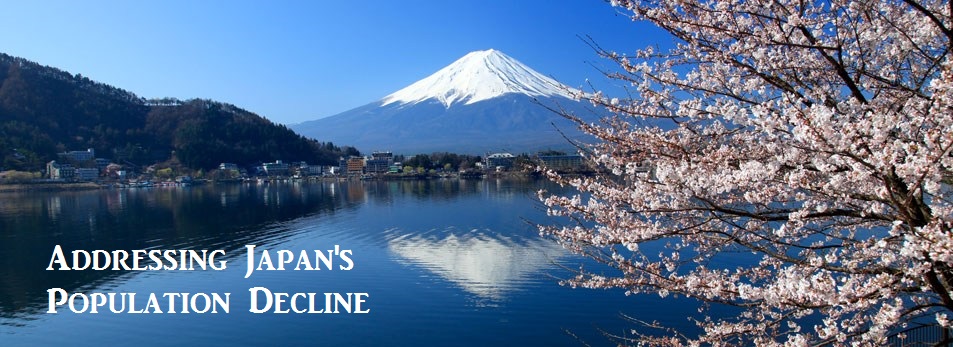Chronically Unstable Bodies : Vilaça
To most, humanity is inarguably defined to being explicit to human beings and their way of living. However, in Vilaça’s article centered on the Wari’ people of Amazonia, she explores humanity as subject that must be “continually defined” due to the Wari’ perception of people and souls. The Wari believe in a separate identity called kwere that are found in all living things, as well as things found in nature such as wind and stones. This poses an interesting dynamic to our discussion on culture to nature since the relationship between the kwere and their owners is very fluid based on a plethora of social and natural characteristics. For example, based on the actions of a living thing, they can potentially transfer their physical characteristics into being a human or animal. I found this article to be extremely interesting and found myself considering the potential of these beliefs in America. When looking into the widespread religion, Shinto, in Japan, there is a similar belief regarding souls. The Shinto believe in eternal life after death in the form of “Tama”, the equivalent of a soul. Within people, the Tama does not not govern, but co-exist within the body. Though the Tama cannot exchange bodies like the kwere, it has been said that the Tama can depart the body before death as well. There are two sides of the Tama which are shortly put, good and bad. Maruyama states that the Tama can be revered as a Kami, which is the term for the earth forming goddesses. Each family in Shinto worships Kami based on ancestry, which makes these ties to the environment and the self extremely prominent in Japanese culture. (Maruyama 2000) The fact that these Kami are goddesses created another facet of feminism in Japan that is commonly overlooked.
From Journal of the Royal Anthropological Institute 11.3 (2005): 445-464.
